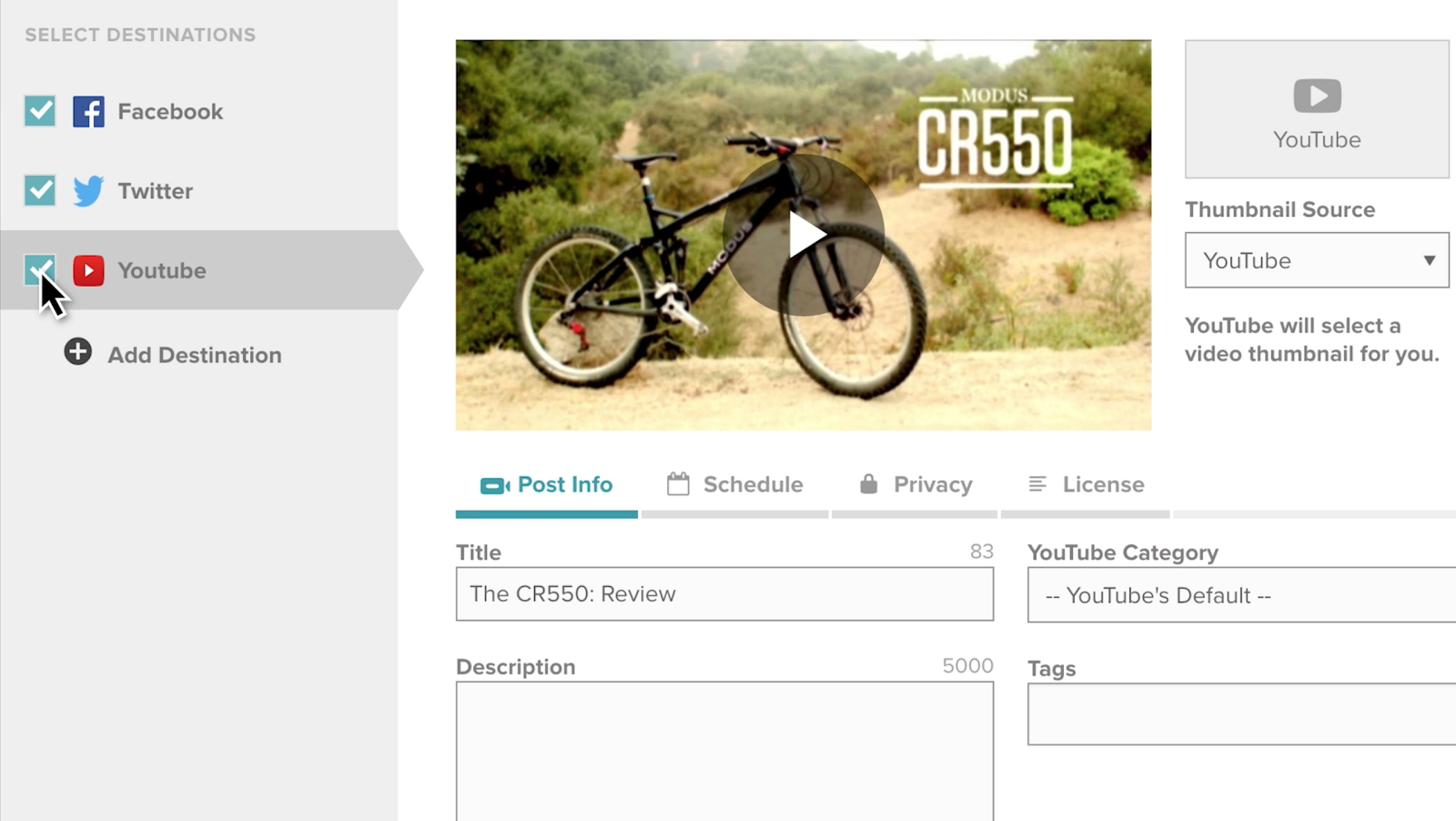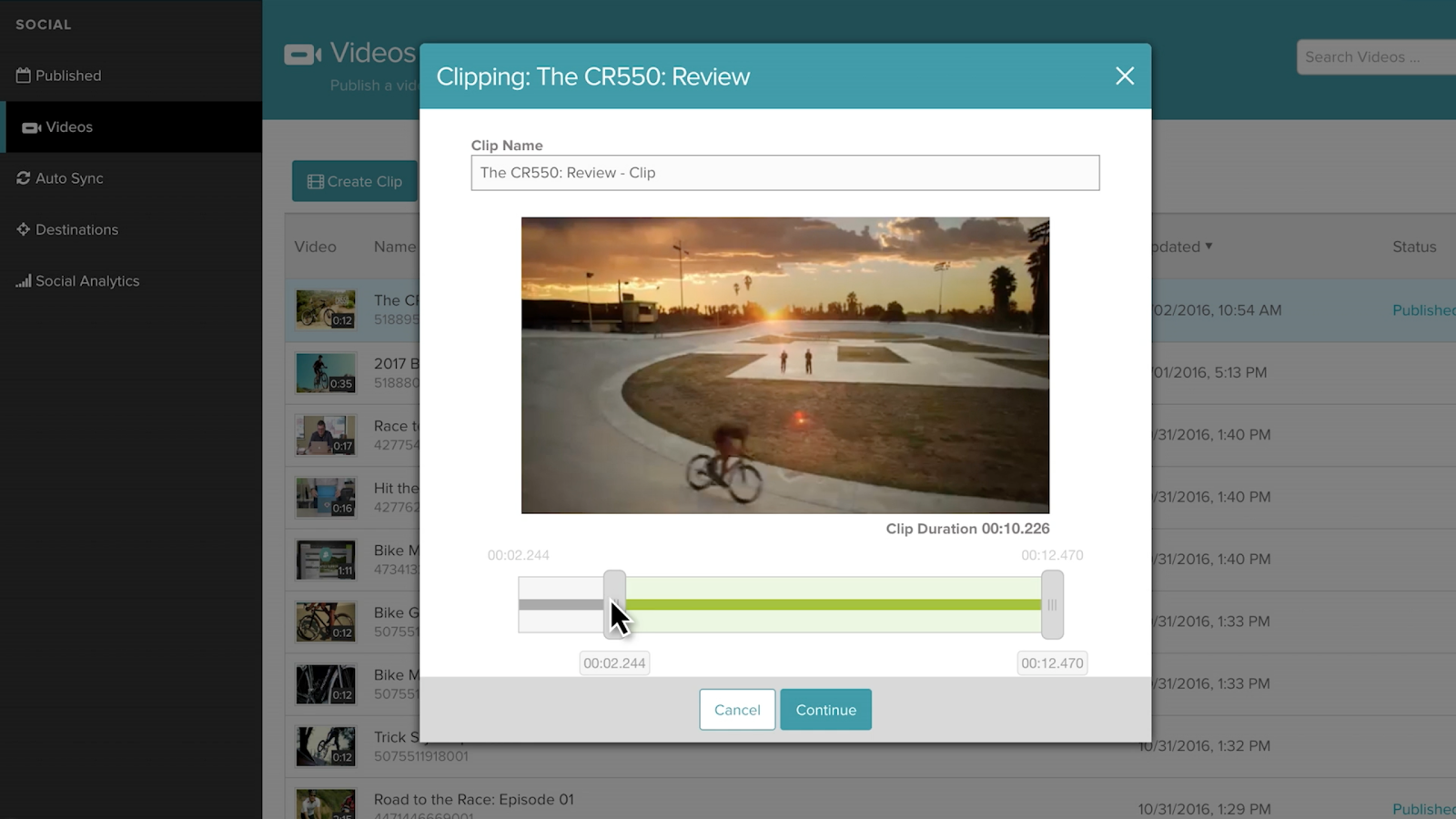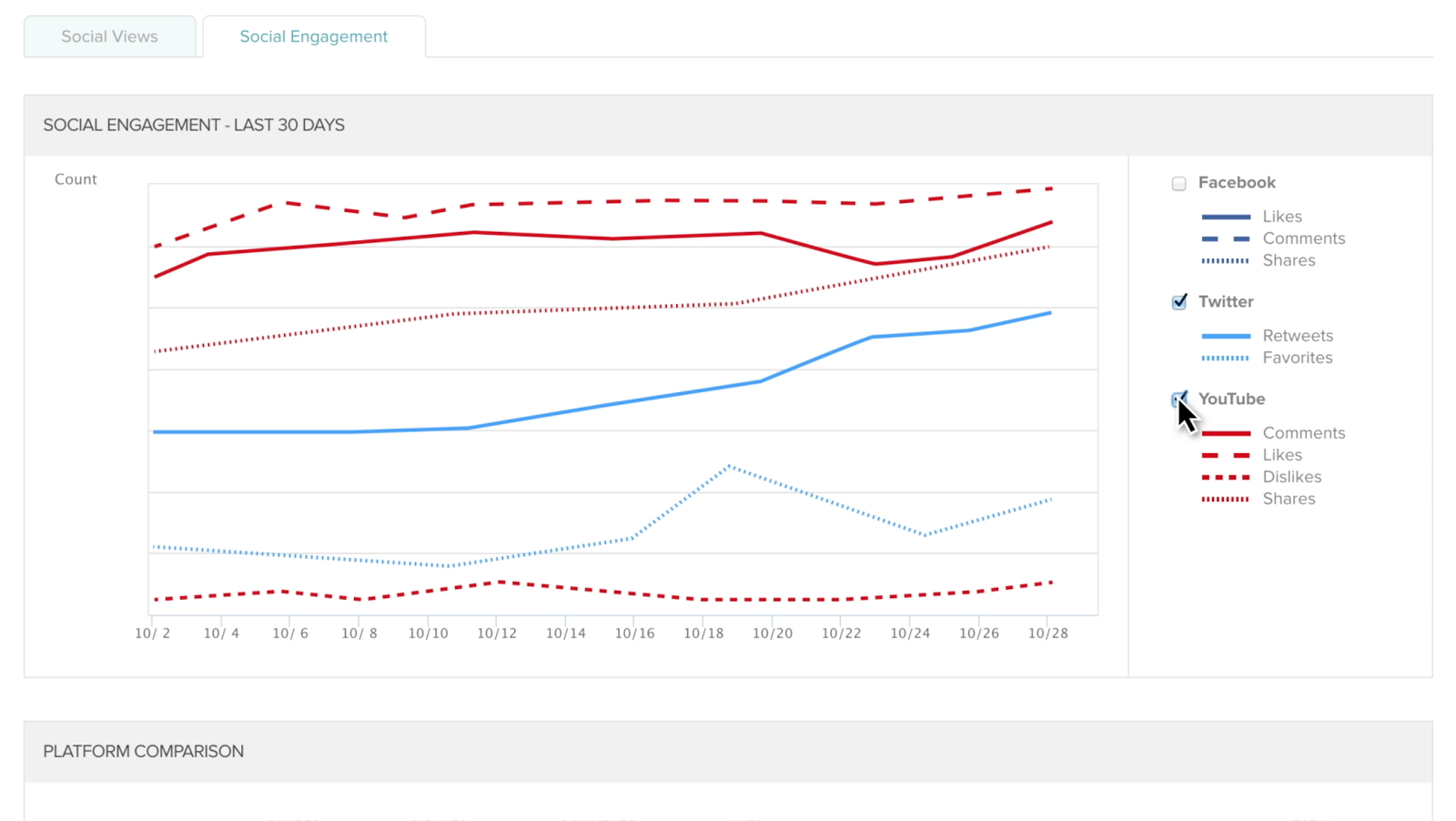Where is your video being consumed? The video landscape is changing quickly. Video is not being watched in the same places it was 10 years ago. With viewing occurring on tablets, mobile phones, connected TVs, airplanes and more, video consumption is dominating web traffic stats - being consumed in more places at higher frequencies.
Enter social networks. Social networks are putting a hyper focus on online video: YouTube has grown to more than 1.3 billion users watching 5 billion videos daily; Facebook averages eight billion daily views from over 500 million users; 82 percent of Twitter users watch video content on Twitter. According to new Brightcove research, video is rising in popularity with consumers on social networks: 67 percent of users are increasing their consumption of social video and 75 percent make decisions based on the videos they watch.
This is clearly a major opportunity for businesses, but with every opportunity comes a challenge. The challenge with social video is how to effectively manage publishing workflows across hundreds of social accounts and consolidate analytics across these accounts to understand performance. Each channel has different information required for a post, different metadata for management, different interface for users, different levels of user permissions/access, and different sets of analytics and metrics-- it’s a lot to manage.
Here’s how to do it successfully.
5 Social Video Best Practices You Need to Master, Now
1. Organize Your Online Video Content
While it can be tough to keep up with the rapid pace of social media, sometimes we need to slow down and be methodical. Approach your social video presence with a plan in mind. Create a social video strategy to find your audiences, and then collect the right tools that allow you to implement effectively. The most important starting point is determining the social networks that are best suited for video.
Once you know where you want to post social videos, think about whether or not you should create separate accounts for different purposes within each social network. For example, many organizations with international operations create multiple YouTube and Twitter accounts, one for each major language. Another example of this is creating a marketing-focused Twitter account and a technical support-focused Twitter account. This provides a good framework for understanding the kinds of videos to create and where to publish them.
2. Optimize Creative for Smart Social Consumption
Each social network handles video differently, so you have to adapt to find success. For example, Facebook and Twitter’s native video players automatically start playing videos without sound when someone scrolls over the video in their feed. In this example, it’s important to capture the audience’s attention visually as soon as your video begins to hook them in and prevent them from scrolling past. Some more generic tips to follow are avoiding lengthy title cards that delay the start of your content, and leading with compelling imagery instead. Be sure to include captions or layer text over your images so viewers who don’t (or can’t) turn sound on can still follow along and understand.
3. Expand Brand Reach and Give Audiences a Better Experience
If you aren’t delivering a native video experience on social networks, you aren’t really doing social video. Including a link to a video that is hosted somewhere else just won’t cut it anymore. In fact, most of these links from third party sites display as just that, glorified links taking up less visual real estate. So how do social media networks reward native video users? Facebook automatically plays videos uploaded through the native video player and its algorithm favors videos uploaded natively, giving those videos the greatest chance of being viewed in-feed. On Twitter, video uploaded through the native player gets 2.5 times the replies, 2.8 times the retweets and 1.9 times the favorites compared to third party video players. Social networks prioritize their native video experiences and build out more functionality around mobile viewing and analytics, so leveraging their native players is essential.
4. Optimize Video Assets for Each Channel
Your audiences should have an expectation of what kind of content they’ll receive on various social media networks. Create a mission statement or guiding editorial principles for each social media network (e.g. Your Facebook videos will be fun and engaging, Twitter videos will focus on product and company updates and YouTube videos will be educational).
Keep in mind audience demographics and social video consumption preferences (listed below) to create content that will perform well on each social site. Video length preferences differ across the social networks. People use different social networks for different purposes, so make sure you adhere to the recommended video lengths below to provide the optimal social video experience. Finally, make sure to leverage the entire social post. Add descriptive, engaging text and links back to relevant webpages/landing pages to drive further engagement.
Social Network Audiences
Twitter demographics: Male, 18-29
Facebook demographics: Female, 18-29 and 30-49
YouTube demographics: Male, 25-44
Recommended Social Video Lengths
Twitter: 30 seconds or less
Facebook: 15 seconds or less
YouTube: 2 minutes or less
5. Measure Social Video Performance Across Channels
How can you understand and improve social performance without video metrics? This isn’t an easy task if you use the old-fashioned way. For example, if you want to gain more brand awareness on Facebook, you should measure success by looking at the increase of favorites, shares, and overall video views. Then, you take a look at your Twitter video results and how many likes and retweets that video received. Finally, look at social referrals to your website to see if social engagement led to website traffic and further video engagement. As you can see, it’s a lot of moving parts.
In reality, you should take your social video analysis to the next level by aggregating the analytics of the videos on all your social networks alongside the video analytics of your website and mobile apps. With this holistic approach, you can compare how the same video performs on the website and in different social channels. Then analyze the different versions on each network, testing and reiterating on successes.
Social networks are often the main sources of content and engagement. These networks are increasing their investment in video and increasingly sophisticated algorithms make feeds more and more personalized. This active audience of millions is waiting for your video content. Brightcove’s solution makes capitalizing on this opportunity simple and fun. If you’re interested in learning more, take a look at Brightcove Social.
For social media best practices specific to each network, I would encourage marketers to read the following series.
Best Practices in Social Video: How to Use Twitter for Business
Best Practices in Social Video: How to Use Facebook Video for Business
Best Practices in Social Video: How to Use YouTube for Business
How to Optimize Your Social Video Strategy





